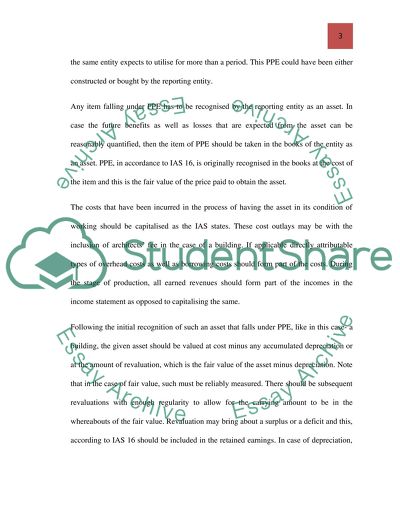Cite this document
(“IAS 16 and IAS 40(International Accounting Standards) Essay”, n.d.)
Retrieved from https://studentshare.org/finance-accounting/1436707-ias
Retrieved from https://studentshare.org/finance-accounting/1436707-ias
(IAS 16 and IAS 40(International Accounting Standards) Essay)
https://studentshare.org/finance-accounting/1436707-ias.
https://studentshare.org/finance-accounting/1436707-ias.
“IAS 16 and IAS 40(International Accounting Standards) Essay”, n.d. https://studentshare.org/finance-accounting/1436707-ias.


